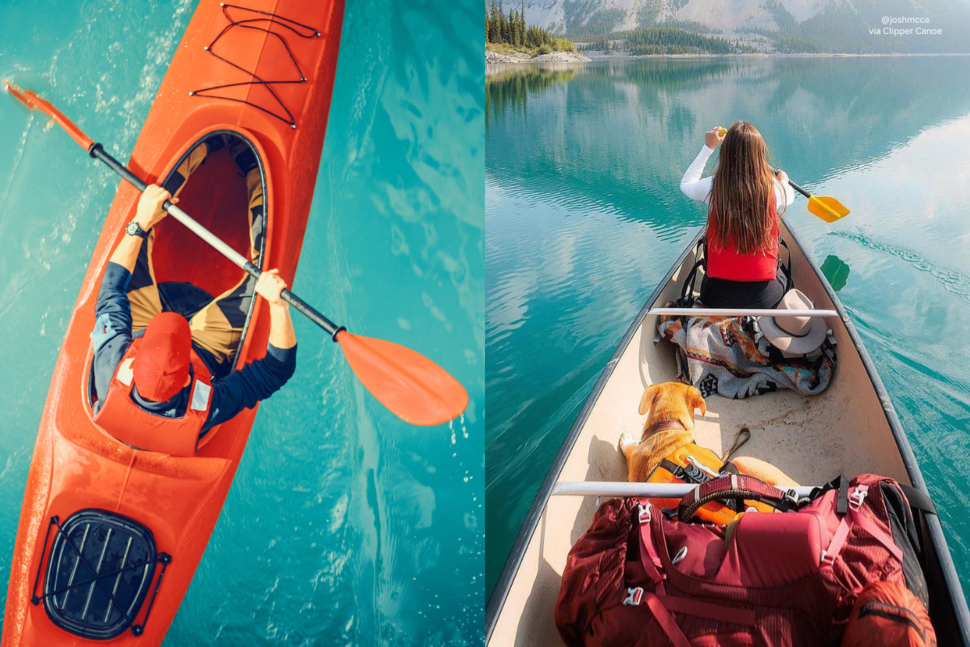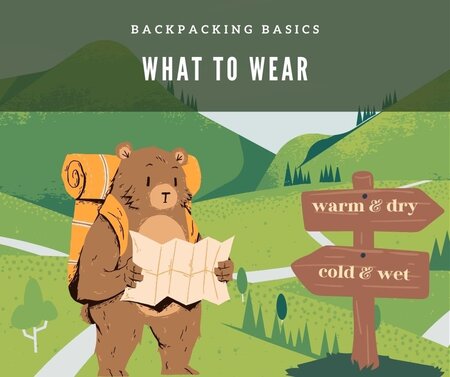Kayak vs Canoe: Which Is Right For You?

The gentle lapping of water, the thrill of adventure, and the serenity of nature - kayaking and canoeing offer these captivating experiences and more. As water-based recreational activities, they have gained immense popularity, captivating enthusiasts from all walks of life. In this article, we delve into the world of kayaking and canoeing, aiming to help you decipher which activity aligns best with your preferences and needs.
Kayaking: Gliding through the Waters with Finesse
Kayaking, a dynamic sport and leisure activity, introduces you to a sleek vessel designed for maneuverability and speed. The essence of kayaking lies in its enclosed cockpit and the use of a double-bladed paddle. The craft's streamlined design ensures agile navigation through various water conditions, from tranquil lakes to challenging rapids. Kayaks excel in solo paddling, allowing you to explore at your own pace. Versatility is their forte, adapting effortlessly to the demands of both serene waters and raging currents.
Canoeing: Tradition Meets Versatility
For those seeking a more traditional aquatic experience, canoeing beckons. Canoes, characterized by their open-top design and propelled by single-bladed paddles, offer spaciousness, stability, and ample carrying capacity. Perfect for tandem paddling or family outings, canoes foster shared experiences and teamwork. Their versatility shines in environments ranging from calm lakes to river trips that require portaging gear. Canoeing embodies a sense of adventure that resonates with generations past.
Paddling Techniques: The Art of Mastery
In kayaking, you'll immerse yourself in a world of distinct paddle strokes, gripping techniques, and precise body positioning. The learning curve is moderate, with proper technique being paramount for control and efficiency. Conversely, canoeing showcases its own set of stroke techniques and paddle grips. Both activities demand practice to master, ensuring that your paddling endeavors are not only enjoyable but also effective.
Stability and Balance: Finding Your Equilibrium
While kayaks boast inherent stability, their design, low center of gravity, and rolling abilities cater to both beginners and advanced paddlers. Canoes, however, challenge paddlers with initial instability that transforms into grace through practice. The choice between the thrill of mastering balance and the comfort of stability rests with your preference for challenge and experience.
Water Conditions and Terrain: Tailoring the Adventure
Kayaks thrive in narrow rivers, turbulent rapids, and ocean waves, showcasing their agility and maneuverability. Canoes, on the other hand, excel in tranquil lakes, open water, and journeys where portaging or gear-carrying is essential. Don't be fooled by the mellow demeanor of a canoe; with the proper training and proper outfitting, you can navigate moving waters. Your chosen activity will dictate your interaction with diverse water bodies and the terrain they present.
Gear and Storage: Equipping for the Journey
Both kayaking and canoeing require essential gear such as personal flotation devices, paddles, and safety equipment. Kayaks offer specialized compartments, ensuring gear stays dry and secure. Canoes, with their open storage, beckon campers and sometimes anglers. Kayak angling has also become increasingly popular in the last 10 years as well. Your choice hinges on the gear you carry and the experiences you seek.
Regarding safety gear, Transport Canada legislates these minimum safety equipment requirements for kayaks and canoes under 6 m (19.6 ft) in length:
- Personal Lifesaving Appliances:
- One (1) lifejacket or PFD for each person on board
- One (1) buoyant heaving line at least 15 m (49’3”) long - Vessel Safety Equipment: One (1) bailer OR One (1) manual bilge pump
- Navigation Equipment: One (1) sound-signalling device or appliance
Solo vs. Tandem Paddling: Crafting Your Experience
Solo kayaking offers freedom, independence, and the thrill of navigating waters at your own pace. Tandem canoeing, however, extends an invitation to shared adventures, teamwork, and connection with fellow paddlers. The choice rests on the intimacy of solitude versus the camaraderie of companionship.
Comfort and Ergonomics: Embracing Comfort
Kayaks and canoes offer varying seating options, back support, and legroom. Ergonomics play a crucial role in your enjoyment. Ensuring your craft accommodates your physique, comfort preferences, and physical needs guarantees a pleasant journey.
Cost and Accessibility: Diving into the Experience
Both activities offer a range of pricing options, from budget-friendly to premium. Rental services and guided tours enhance accessibility, allowing you to embark on waterborne expeditions with ease. Your choice aligns with your budget and access to suitable water bodies.
Choosing the Right Activity: Navigating Your Decision
As you stand at the crossroads of kayaking and canoeing, reflect on your desires, skill level, and anticipated water conditions. Consider your longing for solo exploration or shared camaraderie. With these factors in mind, you'll embark on an adventure tailor-made to your aspirations.
In the realm of water-based pursuits, kayaking and canoeing emerge as distinct yet equally captivating choices. Kayaking's speed and maneuverability contrast with canoeing's stability and tradition. Whichever path you choose, embrace the journey as a chance to connect with nature, embrace new challenges, and forge memories that ripple through time.



